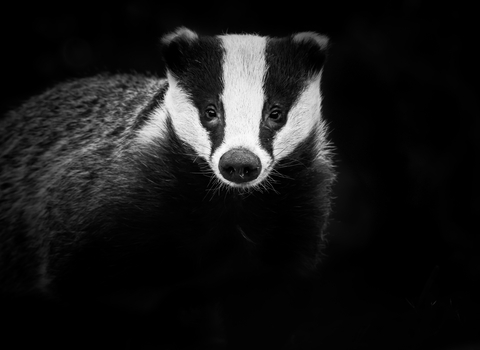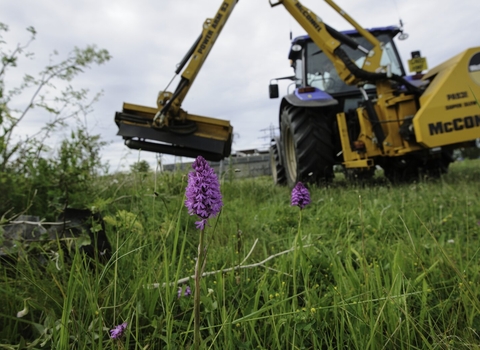We are angry and saddened to learn that badger culling is now officially licensed and has been underway in parts of Northamptonshire for several months. There are 11 new areas of the country added this year with culling now taking place in a total of 69 places. Information published alongside the new licenses states that, to achieve the 70% reduction in badger population that Defra wants to see in cull areas, up to 68,000 badgers could be shot this year.
The badger cull licences that have just been published are dated from August 26 – meaning that anonymous landowners who obtained the licences have been culling badgers for two months already. The government announced last year that it would stop allowing badger culling from 2025 and instead push for vaccination of badgers and cattle in a drive to eradicate bTB in England by 2038. But in the meantime it continues to grant new cull licences.
WTBCN Conservation Director Matt Jackson says: “It is beyond frustrating that the government has issued a licence for badger culling in Northamptonshire when their approved strategy was to move away from culling to alternative control methods for TB, including cattle vaccination. TB is an awful disease for cattle and badgers, and infections have a major impact on farmers: unfortunately culling doesn’t provide a solution to the problem, and thousands of badgers are now being killed unnecessarily. Vaccination, if properly supported, is a viable and humane alternative to deal with the low level of TB in badgers in High Risk areas. It remains the case that most transmission of TB to cattle comes from other cattle, not from wildlife, and this is where the focus has to be.
"The Government committed to moving away from culling in the future, but has extended to these new areas just before their own deadline. As a result, thousands of badgers in Northamptonshire have already been shot this year, and the impact on the disease will be marginal at best."
Joan Edwards, director of policy and public affairs at The Wildlife Trusts says: “The Wildlife Trusts are horrified that 11 new areas have been approved for badger culling in 2022. As many as 68,000 badgers could be killed across the 69 locations where culling will take place.
“We believe an evidence-based and scientifically-reliable approach must be developed to counteract the risk posed to cattle by bTB. Culling badgers is not the answer. Badgers are not the primary cause of the spread of bTB in cattle – the primary route of infection is from cattle-to-cattle. There is work being done to accelerate the introduction of an effective cattle vaccine and improved bTB testing in cattle – these offer the best long-term way to reduce bTB in the cattle population.”
Back in 2021 the Government indicated a move away from culling in their strategy for controlling TB in cattle and had been proposing not to issue new culling licences after the end of 2022. By last month, with reports of culling taking place in the county, there was still no official confirmation from Natural England that a cull licence has been granted, despite requests for confirmation: the national Badger Trust had requested the information with growing fears that intensive badger cull zone licences had already been granted but not made public.
The Wildlife Trusts do not believe that culling badgers is an appropriate or effective way to address TB in cattle. TB spread initially from cattle to badgers, and can be transmitted from badgers now to cattle. However, control of cattle movements and management to keep badgers away from cattle feeding areas (referred to as “biosecurity”) are the most important elements to control the spread of TB. These controls can be supported by vaccination of badgers in specific areas if necessary.


